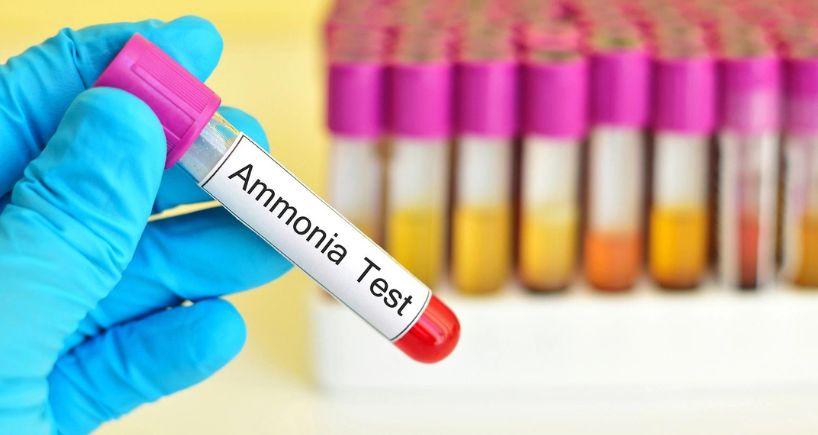
The Ammonia Test: Purpose, Process, and Interpretation
Practically, the largest source of ammonia formation is from the catabolism of protein foods in the human system. Actually, the liver detoxifies the ammonia and form urea that is eliminated from the body through urine with the help of kidneys. In situations where the liver cannot metabolise the products or where there are diseases that will limit this capacity, there is a detection of the ammonia in the blood stream. An ammonia test is implemented to determine the status of ammonia levels in the blood for diagnosis of diseases. Purpose of ammonia tests
The primary use of the ammonia test is to check the level of ammonia in the blood. This test is important in diagnosing and monitoring several health conditions, including:
1. Liver Disease
Metabolic encephalopathy in general particularly in conditions causing hepatic encephalopathy such as cirrhosis or hepatitis may compromise the liver’s ability to metabolize ammonia to urea. Ammonia concentrations above these levels tell that the liver is not working correctly, which is why the amounts ascertain the stage of a liver disease in patients.
2. Hepatic Encephalopathy
Hepatic encephalopathy is one of the worst manifestations of liver disease in which ammonia and other toxins in the blood have an impact on the patient’s brain. These may begin as memory loss and get to the stage of Level 3 when the patient can barely move his muscles and is hardly conscious. This condition can be diagnosed with the help of the ammonia test and assess the efficiency of the treatment provided.
3. Inherited Urea Cycle Disorders
Certain people are born with congenital metabolic disorders that include diseases that have an impact on the body’s urea cycle which is responsible for the elimination of ammonia from the body. The inherited urea cycle disorders are mainly characterized by high levels of ammonia in the blood, especially among growing plants such as newborn babies and young children. One should note that timely diagnosis and early treatment is very important in these cases.
4. Reye’s Syndrome
It is Reye’s syndrome which is a rather rare disease being manifested by the swelling of the liver and the brain as a result of a viral infection. It is mostly reported in children and adolescent individuals. One diagnostic technique involving the use of this test is the fact that the ammonia levels are usually high in the syndrome.
5. Kidney Failure
However, hyperammonemia can also result from kidney failure although it is frequently less encountered. Ammonia will be accumulated in the blood if kidney is not filtering waste products right. It has also been noted that the ammonia test is useful in evaluating the status of kidney functions and in establishing the presence of kidney disorders.
The procedure of the Ammonia Test
The ammonia test is a simple one that can be done on a blood sample though the method used is relatively simple. Here is the overview of the process:
1. Preparation- Sharing of medication and medical history with the doctor.
2. Blood Sample Collection
3. Drawing Blood
4. Handling and Transport
Contrary to other ammonia determination assays the blood sample has to be handled with great care since it contains ammonia in an aqueous solution and the levels of ammonia in the blood can fluctuate rapidly. The sample is then transferred to a specific receptacle that ensures it does not get contaminated before it is taken to the laboratory with the least amount of time possible, in certain cases on ice.
5. Laboratory Analysis
Interpretation
Desirable values in the blood serum concentration fall between 15 and 45 µg/dL. If the normal levels of ammonia are maintained within the bloodstream, it can be stated that the liver and kidneys function well and there are no disorders in the urea cycle. Elevated ammonia levels can suggest several conditions like liver disease, hepatic encephalopathy, urea cycle disorders, kidney dysfunction, and Reye’s syndrome. It is very rare to have low ammonia levels and, therefore, such conditions are often of no clinical importance. However, it might be encountered in those conditions in which the body generates less ammonia, for instance, in providing for metabolic disorders or taking some foods.
The fundamentals of the utilisation of ammonia test are critical in the medical field to enable physicians to identify numerous diseases, including those associated with functional abnormalities of the liver, metabolic disorders, among others. Therefore, by bringing awareness of the intention of the test, the result of the test, and the interpretation of the test result, the use of the ammonia test in common non- specialty and disease clinics will be fully understood by the patient and the carers.



















